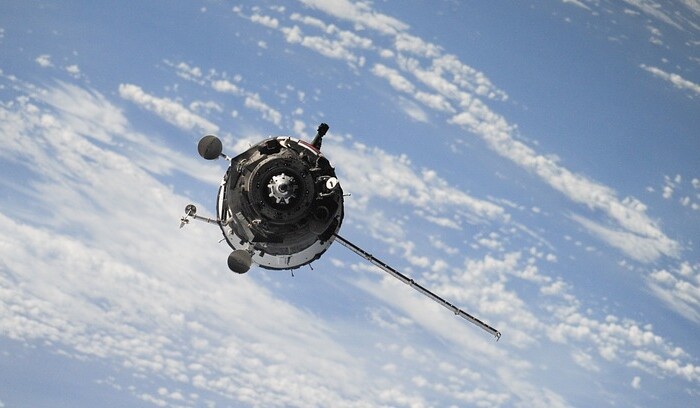Space history
The first hours working on the GLONASS system were logged in 1976. The project called Globalnaya navigatsionnaya sputnikovaya sistema was a baby of the Defense Ministry of the USSR, Russian Academy of Sciences and the Soviet Navy.
The first testing satellite was launched 6 years later, only 4 years after the first GPS satellite.
The system was completed in 1995, but because of the bad economic situation of Russia, especially after the dissolution of the Soviet Union, it wasn’t used. The rebirth of GLONASS began in 2001, and in nine years the engineers managed to rebuild and update it so that it covered the entire Russian territory.
From 2011 it is possible to use GLONASS for navigation worldwide.
GLONASS vs GPS
The cosmic segment of GLONASS is comprised of 24 satellites called Uragan. While GPS employs 32 satellites following six different orbits at 20 200 km above the ground, Uragans see the Earth more up close, circling on three different space routes “only” 19 100 km high.
Thanks to this, each of the GLONASS satellites completes one rotation around our planet in 11 hours and 15 minutes, which is 43 mines shorter than their American counterparts.
The main advantage of the Russian satellites is that they are very stable and don’t require additional corrections. On the other hand, they have a way shorter lifespan than the GPS satellites.
GLONASS makes friends
The ground segment is run by the main system control center in Krasnoznamensk and comprises of five Telemetry, Tracking and Command centers, two Laser Ranging Stations, and ten Monitoring and Measuring Stations.
Most of them are located in Russia and Tajikistan.
But GLONASS thinks big and wants to have stations also abroad, so in 2013 they set up the first station in – you might not believe it – Brazil! And it looks like the Russian engineers like the hot weather (or maybe just the perfect geographical position) of Brazil because, in 2018, they announced the opening of the fifth Brazilian GLONASS station!
To improve its accuracy, more stations are being built in other countries of the southern hemisphere, for example in Indonesia.
Frequency modulation
Unlike GPS, GLONASS transmits data using frequency modulation, which means encoding the information by varying the instantaneous frequency of the wave. This makes the system more demanding in terms of the bandwidth used and slightly changes the requirements for the signal receiver.
However, the resulting positioning accuracy is comparable in both competing systems.

